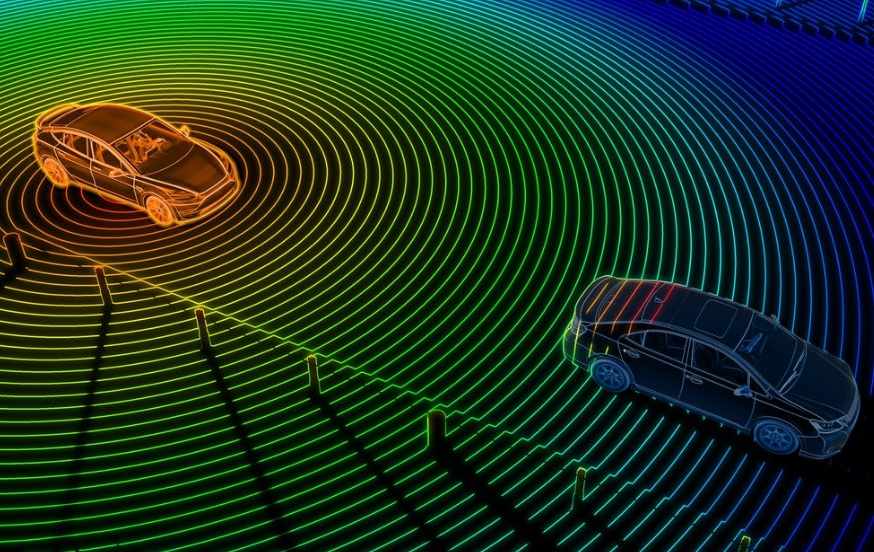
The global Time of Flight (ToF) Lidar Market size is predicted to reach USD 5.47 billion by 2030 with a CAGR of 18.4% from 2025-2030. In 2025, Time-of-Flight (ToF) LiDAR technology is revolutionizing industries with its ability to provide high-precision, real-time 3D mapping and sensing. From autonomous vehicles to consumer electronics, the ToF LiDAR market is experiencing rapid growth driven by advancements in sensor miniaturization, energy efficiency, and affordability. Recent developments highlight its expanding applications in automotive, robotics, and geospatial analytics, positioning ToF LiDAR as a cornerstone of modern automation and digital transformation. This article explores the latest trends and innovations shaping the ToF LiDAR market in 2025, emphasizing its transformative impact across diverse sectors.
Download FREE Sample: https://www.nextmsc.com/tof-lidar-market-se3203/request-sample
The Core of ToF LiDAR Technology
ToF LiDAR operates by emitting laser pulses and measuring the time it takes for them to reflect back from objects, enabling precise distance calculations. Unlike other 3D imaging methods like structured light or stereo vision, ToF LiDAR is faster, more reliable, and energy-efficient, making it ideal for applications requiring real-time data. Its ability to function effectively in various lighting conditions and its compact design have broadened its appeal across industries.
In 2025, ToF LiDAR is benefiting from significant advancements in semiconductor technology and sensor integration. These improvements have made ToF sensors smaller, more power-efficient, and capable of delivering higher resolution, expanding their use in both high-end and consumer-grade applications.
Automotive Industry: Driving Autonomous Innovation
The automotive sector remains a key driver of the ToF LiDAR market. With the rise of autonomous vehicles, ToF LiDAR sensors are critical for navigation, obstacle detection, and environmental mapping. Their ability to provide accurate 3D point clouds in real time enhances vehicle safety by enabling precise collision avoidance and path planning. In 2025, the trend of integrating ToF LiDAR into mid-range and even lower-cost vehicle models is accelerating, particularly in regions like China, where manufacturers are deploying LiDAR across various vehicle classes to support advanced driver-assistance systems (ADAS) and autonomous driving.
Recent innovations include the development of solid-state ToF LiDAR systems, which eliminate moving parts, reducing size and improving durability. These systems are being adopted by major automotive players to meet the growing demand for reliable, cost-effective sensors. Additionally, ToF LiDAR’s integration with other sensors, such as radar and cameras, is enhancing multi-sensor fusion, providing robust data for autonomous navigation.
Consumer Electronics: Enhancing User Experiences
ToF LiDAR is making significant inroads into consumer electronics, particularly in smartphones and augmented reality (AR) devices. In 2025, smartphone manufacturers are increasingly incorporating ToF LiDAR sensors to enable advanced features like 3D facial recognition, improved photography, and immersive AR experiences. These sensors enhance depth perception, allowing for more accurate portrait modes, gesture controls, and spatial mapping for AR applications.
The miniaturization of ToF LiDAR sensors has been a game-changer, enabling their integration into compact devices without compromising performance. For example, recent advancements in avalanche photodiode (APD) pixels have improved the sensitivity and range of ToF sensors, making them suitable for wide-area surveillance and high-resolution imaging in consumer devices. This trend is driving demand for ToF LiDAR in the consumer electronics market, as manufacturers compete to deliver cutting-edge features.
Robotics and Industrial Automation
The robotics industry is another major beneficiary of ToF LiDAR advancements. In 2025, ToF LiDAR is being used in robotic vacuum cleaners, industrial robots, and warehouse automation systems. For instance, smart vacuum cleaners equipped with ToF LiDAR can identify and navigate around obstacles with unprecedented accuracy, improving efficiency and user satisfaction. These systems leverage integrated ToF LiDAR and RGB cameras to recognize a wide range of objects, enhancing their adaptability in complex environments.
In industrial settings, ToF LiDAR is enabling precise automation tasks, such as inventory management and quality control. Its ability to generate high-resolution 3D maps supports robotic navigation in dynamic environments, reducing downtime and improving productivity. The affordability of ToF sensors is also making them accessible to smaller manufacturers, democratizing automation across industries.
Inquire Before Buying: https://www.nextmsc.com/tof-lidar-market-se3203/inquire-before-buying
Geospatial Analytics and Drone Applications
The geospatial analytics sector is experiencing a surge in ToF LiDAR adoption, particularly in drone-based applications. In 2025, drones equipped with ToF LiDAR are being used for high-precision mapping, agricultural monitoring, and infrastructure inspection. These drones provide real-time, accurate spatial data, enabling detailed topographic surveys and environmental analysis. The integration of ToF LiDAR with global navigation satellite systems (GNSS) and geographic information systems (GIS) is enhancing the accuracy of geospatial data, supporting applications in urban planning and disaster management.
The lightweight and energy-efficient nature of ToF LiDAR sensors makes them ideal for drone applications, where payload and power constraints are critical. Recent advancements in solid-state ToF LiDAR are further improving their suitability for aerial surveys, driving growth in the LiDAR drone market.
Regional Market Trends
The ToF LiDAR market is witnessing varied growth across regions. Asia-Pacific, particularly China, is leading the charge due to its dominance in automotive innovation and consumer electronics manufacturing. The region’s focus on robotaxi deployments and LiDAR-equipped vehicles is fueling demand for ToF sensors. North America and Europe are also significant markets, with a strong emphasis on geospatial analytics and industrial automation. These regions are investing in high-precision ToF LiDAR systems to support smart infrastructure and environmental monitoring.
Challenges in the ToF LiDAR Market
Despite its growth, the ToF LiDAR market faces challenges. The complexity of integrating ToF sensors with existing systems can hinder adoption, particularly in industries with legacy infrastructure. Additionally, ensuring data privacy and cybersecurity is critical, as ToF LiDAR systems often collect sensitive spatial data. Manufacturers are addressing these issues by developing interoperable solutions and robust security protocols, but widespread adoption requires ongoing investment in training and infrastructure.
Another challenge is the need for cost reduction without compromising quality. While ToF LiDAR has become more affordable, high-performance sensors remain expensive for some applications. Continued innovation in semiconductor manufacturing and economies of scale are expected to address this issue, making ToF LiDAR accessible to a broader range of industries.
Competitive Landscape and Innovation
The ToF LiDAR market is highly competitive, with companies like ams-OSRAM AG, Broadcom, and Infineon Technologies AG leading the charge. These firms are investing heavily in research to enhance sensor performance, focusing on higher resolution, lower power consumption, and compact designs. For example, recent advancements in APD-based ToF sensors have improved their suitability for automotive and surveillance applications. Collaborative efforts between LiDAR manufacturers and software developers are also driving innovation, with a focus on integrating ToF LiDAR with AI and machine learning for enhanced data processing.
Conclusion
In 2025, ToF LiDAR is transforming industries by enabling precise, real-time 3D sensing and mapping. From autonomous vehicles to consumer electronics and geospatial analytics, its applications are vast and growing. Innovations in solid-state sensors, miniaturization, and integration with AI are driving the market forward, while regional leaders like China are setting the pace for adoption. Despite challenges like integration complexity and cost, the ToF LiDAR market is poised for continued growth, offering solutions that enhance efficiency, safety, and user experiences across sectors. As technology advances, ToF LiDAR will remain a critical enabler of the digital and automated future.


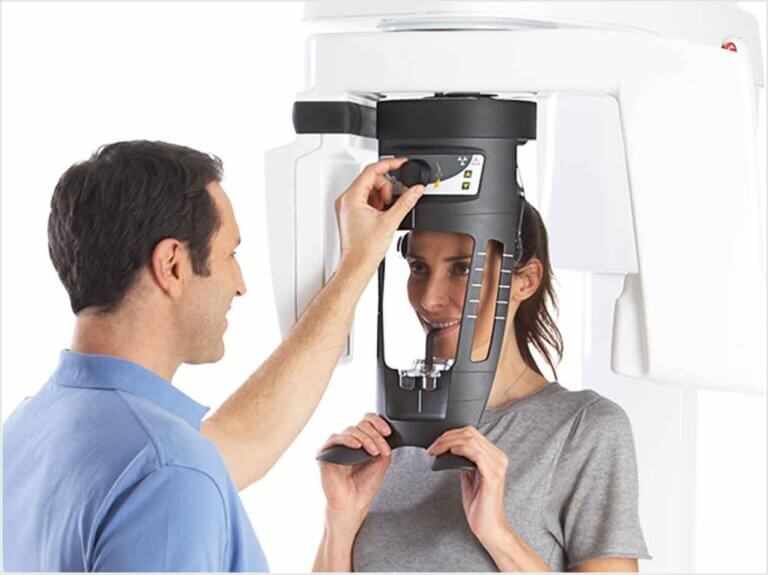
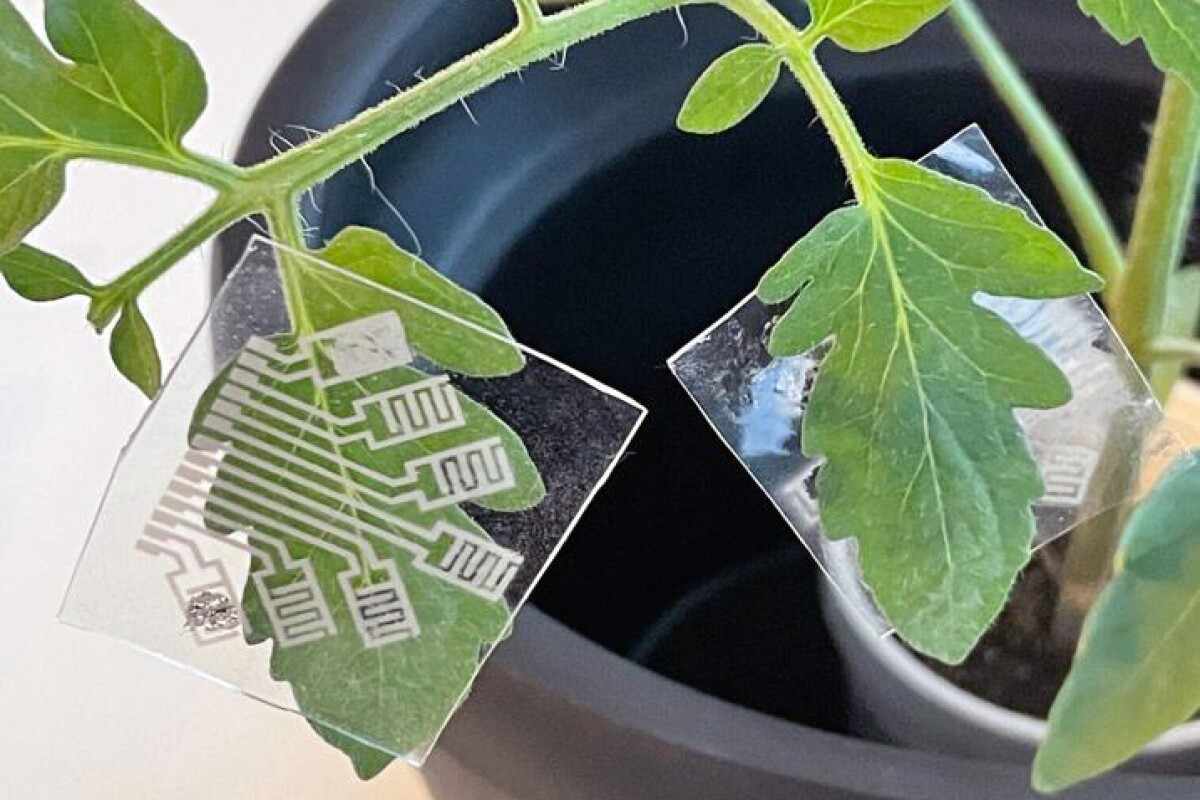
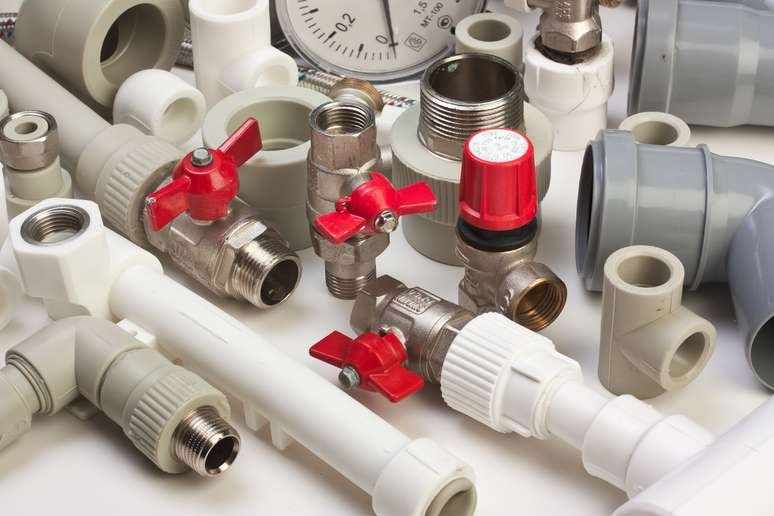






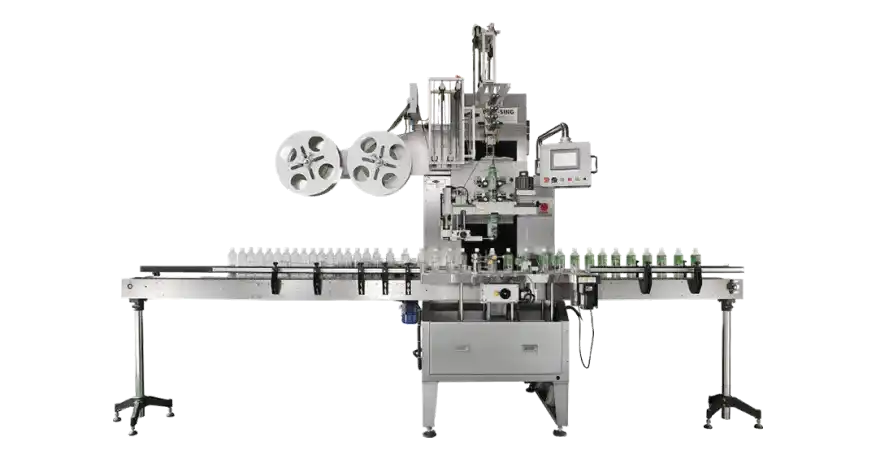
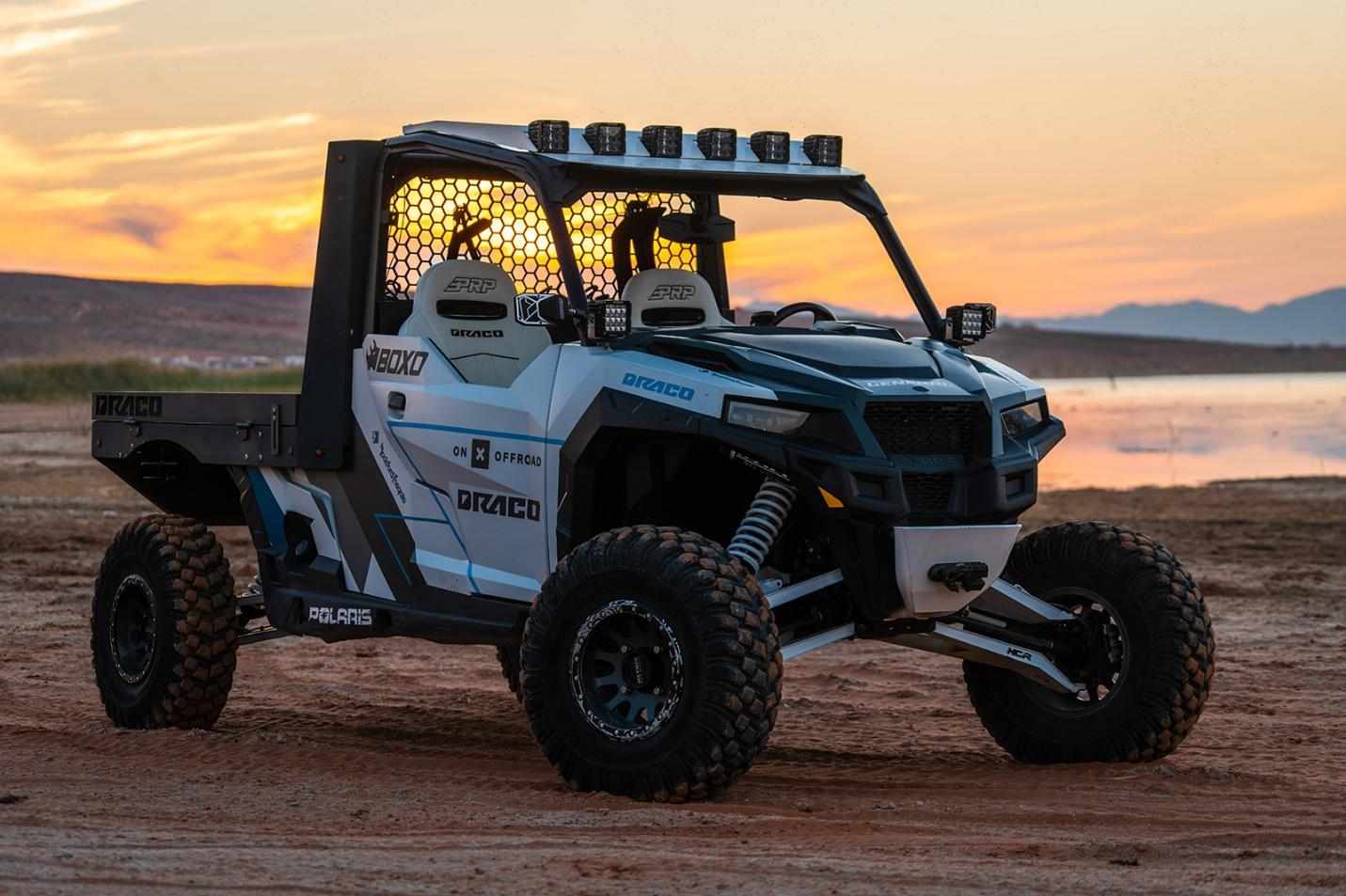
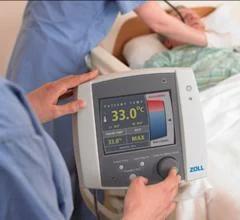

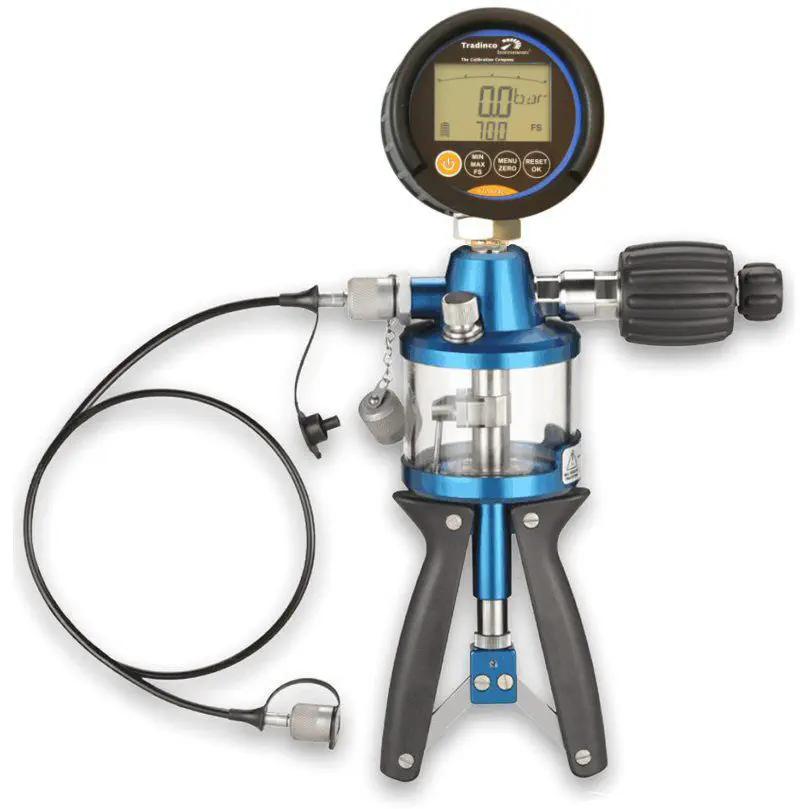

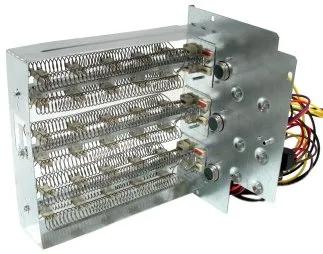


Write a comment ...